Now is my moment to reflect on this process. For the many of you who have asked me how to start a print magazine of your own, what follows is the best advice I can offer. This is not a guide to the nuts and bolts of finding a printer and selling subscriptions but a contemplation of the major elements that will set you up for success. By the end of this piece, you’ll understand that “How do I start a magazine?” is actually the wrong question to ask.
The cards are stacked against you
If you happen to be afflicted with the same mental delusion that struck me four years ago when I decided to revive the art of print, the reality you must accept is that you’re going to be dealt a difficult hand. You are David facing a Goliath of distributors, retail chains, and competitors…
The first hard truth is that nearly all retailers stock your title on commission, meaning they only pay the distributor when they sell a copy, meaning the distributor only pays you at that time, meaning you take on 100% of the risk of printing….
The second hard truth is that you will initially have a very difficult time selling ads due to the low circulation of most independent magazines. Few have ever broken through the circulation threshold needed to build a business on advertising while maintaining the ethical and journalistic integrity that is core to why most of us started in this industry in the first place.
Start with your audience
One of the biggest mistakes I made off the bat was to place too much emphasis on the stories I wanted to tell over the stories a particular audience wanted to hear. I didn’t even know who my audience was. No matter how much craft we put into our product, it was grounded in a completely inside-out vision. Over time, Makeshift has refined its target audience — globally conscious creatives — and listened to their needs.
The magazine is not your product
…
So if the magazine isn’t your product, what is? Consider what differentiates you from other publications for a particular set of business customers.
Use digital strategically
…
Your digital presence must reflect the way of the internet, which is to share.
…This, of course, assumes, your website is optimized for e-commerce, though you may also be generating digital advertising revenue. Makeshift has taken great care to optimize our sales funnel, regularly checking analytics to see where potential customers are dropping off.
While you may need to invest in multiple social channels, double down on a particular channel that you think works best to your advantage. Each has intricacies to growing followers, and it’s unlikely you’ll have the resources to adequately invest time across all of them. Facebook has been most successful for Makeshift because we can easily promote posts and link back to our website. Meanwhile, Hello Mr. has invested most heavily in Instagram, where its account currently has 12 times more followers than its Twitter account. That’s where its readers are, and its brand is very visual.
Curated from “How to Start a Magazine” [Medium]
Other Posts Across the Internet
-
Startup Vs Agency [Medium] – Here are some thoughts on how agencies can become more agile, more innovative and, essentially, more like a startup.
-
20 Entrepreneurs Explain How They Selected a Logo for Their Business [Hearpreneur] – We decided to ask some entrepreneurs and business owners how they decided a logo for their business and any tips they had for other business owners.
-
How Successful Business People Spend Their Weekends [Forbes] – Interestingly, successful business people have specific habits that they employ on weekends, just as they do during the week. They may not do the same things – in fact, none of them do – but they have routines and rituals that bring meaning to their off-time.








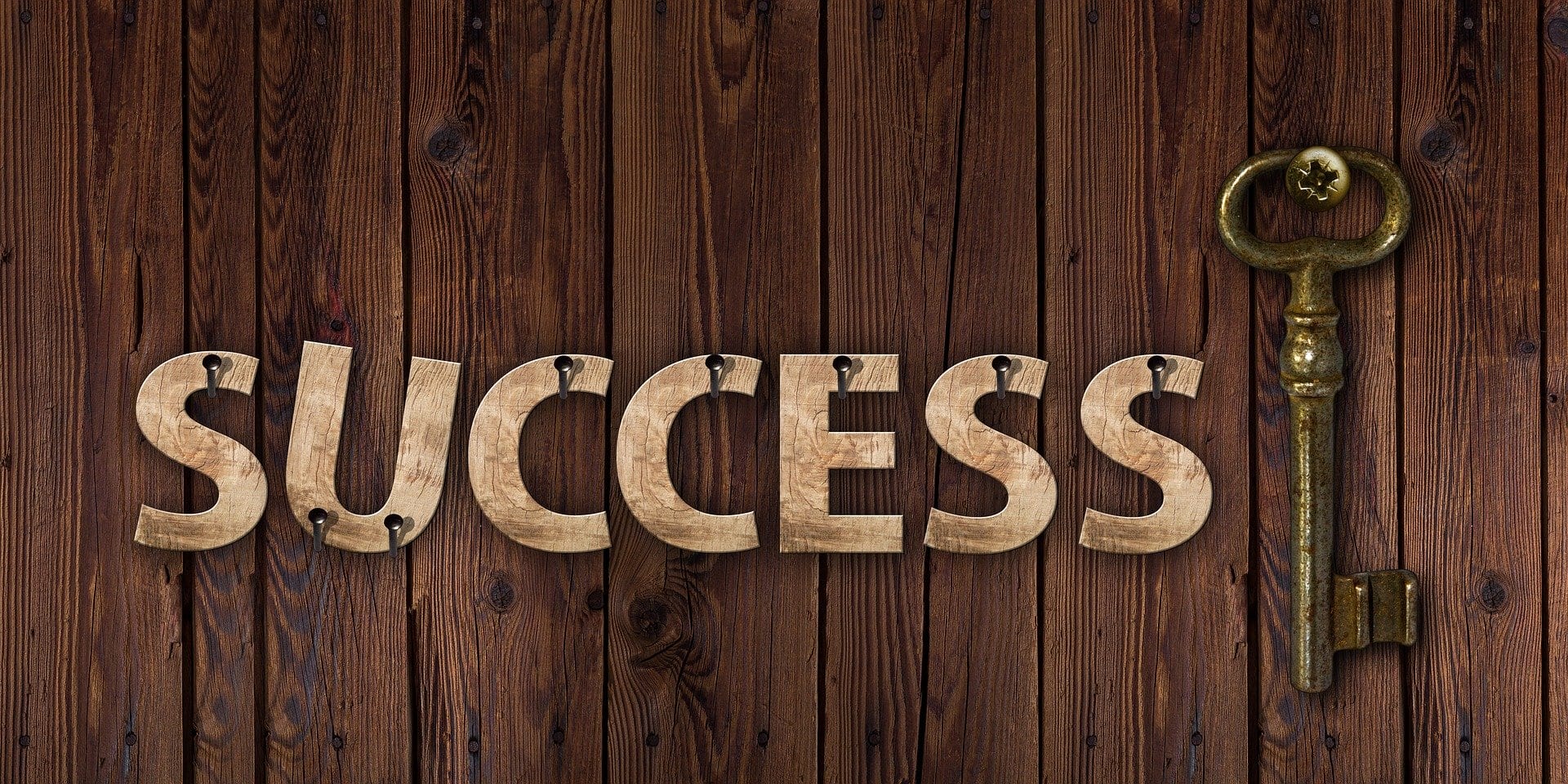




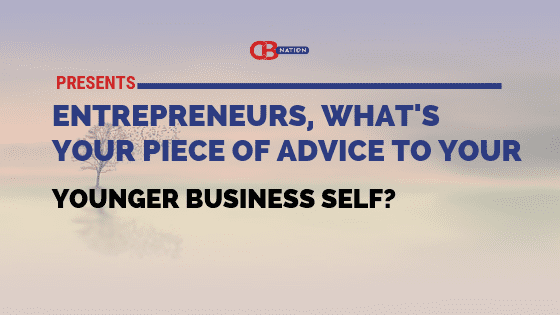
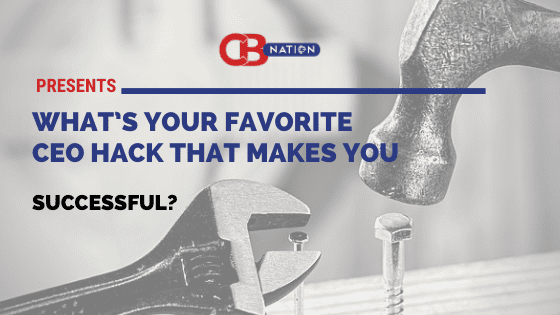

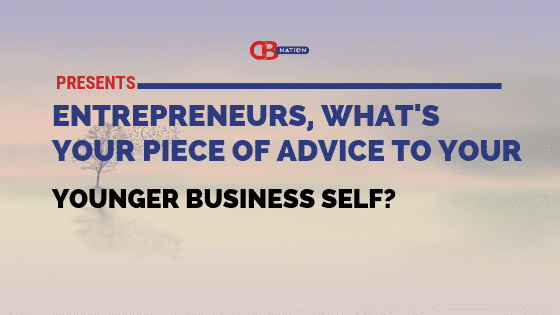

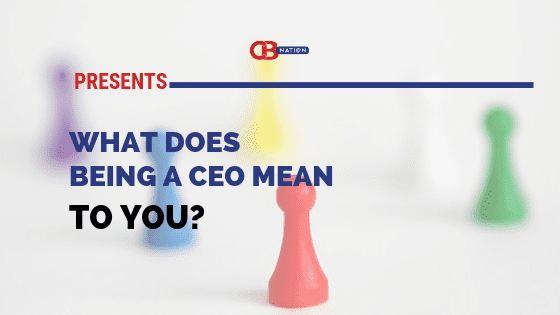

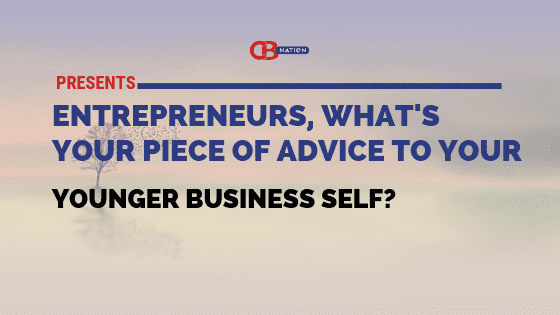

![Here’s How Startups Actually Start Up [Time]](https://storage.googleapis.com/stateless-ceoblognation-com/sites/1/2015/08/21150922_l-2.jpg)



![6 Reasons Smart Small Business Owners Invest In Security [Entrepreneur]](https://storage.googleapis.com/stateless-ceoblognation-com/sites/1/2016/05/padlock-597495_1280.jpg)

![Over 45 Tips for Raising Funds from Danielle Morrill of Mattermark [Staring is Polite]](https://storage.googleapis.com/stateless-ceoblognation-com/sites/1/2015/08/ID-10094264.jpg)



